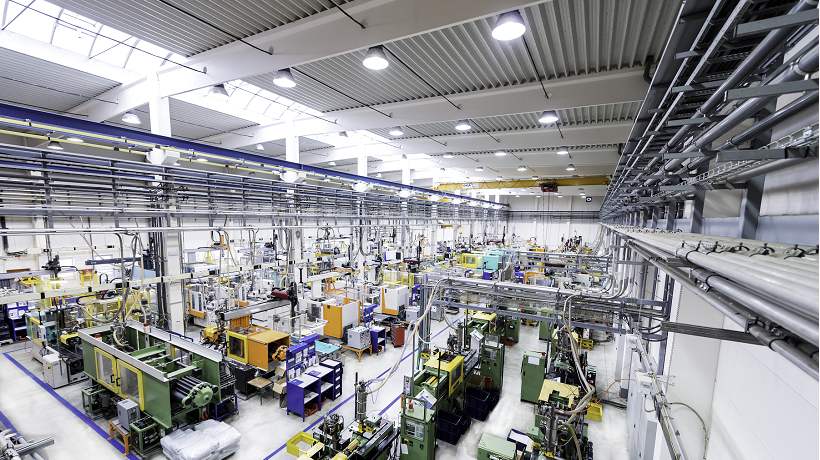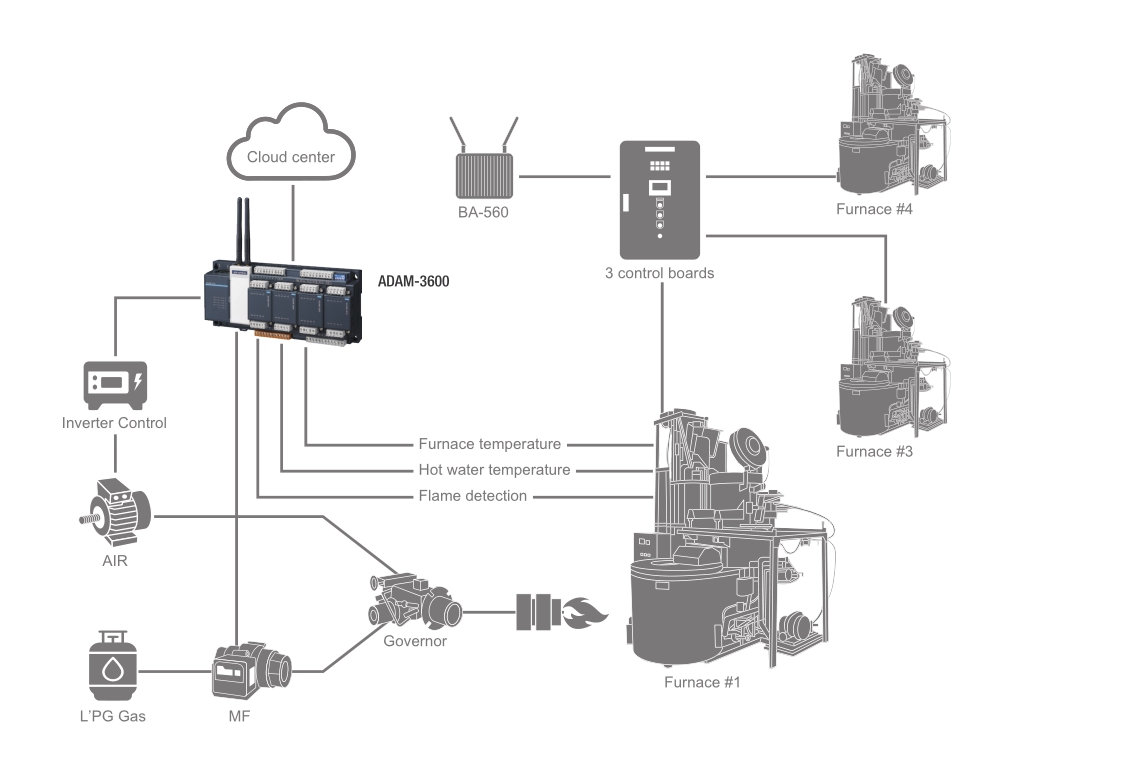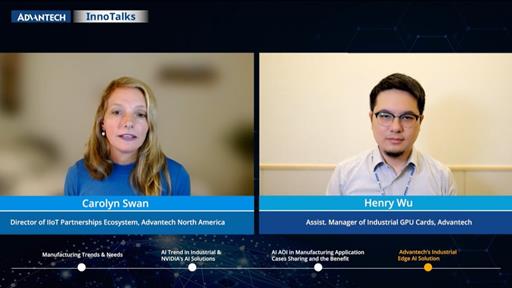Low-Cost Automation and Monitoring in the Die Cast Manufacturing Process
10/11/2021
Abstract
This project involved designing an automated monitoring solution for Network Corporation (NWC), a company at the forefront of the IT / IoT field for the automation of smart buildings.
Partner: Network Corporation | Region: Japan

Introduction
Die casting is a metal fabrication process that involves forcing molten metal under high pressure into reusable metal dies. Molten metal processing is energy-intensive, and approximately on quarter of the cost of die-cast products can be traced to some form of energy consumption. The more energy-intense a process is, the greater the cost of the process, so saving energy is of key importance.
There are several techniques and methods for saving energy such as upgrading equipment. Energy efficiency management requires investment in new equipment, but the best energy efficiency results can be achieved if process management and control systems are optimized through automation. With the help of automation, manufacturers can reduce some of the costs of die casting. Automation also provides more consistent results, which means fewer mistakes, therefore increased efficiency.

System Requirements
This project involved designing an automated monitoring solution for Network Corporation (NWC), a company at the forefront of the IT / IoT field, providing products, software, and systems for the automation of smart buildings. They specialize in centrally optimized monitoring and control systems throughout Japan. For this project, NWC partnered with a company striving to improve quality, cost, and delivery management to a customer that produces aluminum alloy castings. The customer faced the challenge of manually controlling and monitoring the output of five metal furnaces, which occupied a space equivalent to a school gymnasium. Day or night and without exception, the control process entailed the constant adjustment of temperatures as required.
System Description

The ADAM-3600 intelligent remote terminal unit was selected to control and monitor the temperature of the metal furnace based on its support for soft-logic programs and the ability to automate and remotely control output data via WISE-EdgeLink. The ADAM 3600 was connected to an inverter control and three other control boards. It also provided the capability to monitor water temperatures, furnace temperatures, and flame detection. Three units of ADAM 3600 were used to control five metal furnaces remotely. Parameter information is collected from each metal furnace which is then aggregated in the cloud. The data is stored on the Internet Initiative Japan (IIJ) closed LTE network and IIJ’s cloud service called GIO.
The system comprised of:
- A cloud center
- 3 x ADAM 3600 remote terminal units
- 5 metal furnaces
- Inverter controllers
- 3 x control boards
- LPG gas
Additionally, the monitoring system supports wireless communication such as LTE. This enables easy data acquisition from the metal furnace. Furthermore, real-time monitoring sends out live information which can alert maintenance teams in case of any abnormalities.
Project Implementation
The automated monitoring system needed to meet the following criteria:
- Remote operation for control and monitoring.
- Automated functionality.
- Support for soft-logic programs.
- Support for flexible communication protocol.
- Significant cost savings
Conclusion
Energy costs have increased year on year. Although die casting is a highly efficient manufacturing process, it is also energy-intensive. A typical modern casting process contains six different stages: melting, alloying, molding, pouring, solidification, and finishing. The metal melting stage consume over half of the energy in the overall casting process. As a result, a high level of precision for process control is required to ensure energy consumed during the casting is reduced.
The implemented solution entailed the use of three ADAM 3600 units (all-in-one wireless intelligent remote terminal units) attached to the five metal furnaces, which collected and sent information to the cloud. The solution provides a data acquisition solution that does not require frequent on-site maintenance and service trips. Users can monitor critical assets, track equipment performance, receive alarm notifications, and perform system management and configuration using handheld devices. This will substantially reduce costs and ensure field equipment and facilities are better monitored and controlled.



-25/ADAM3600_820X460_PIS_052620200526093843.jpg)
